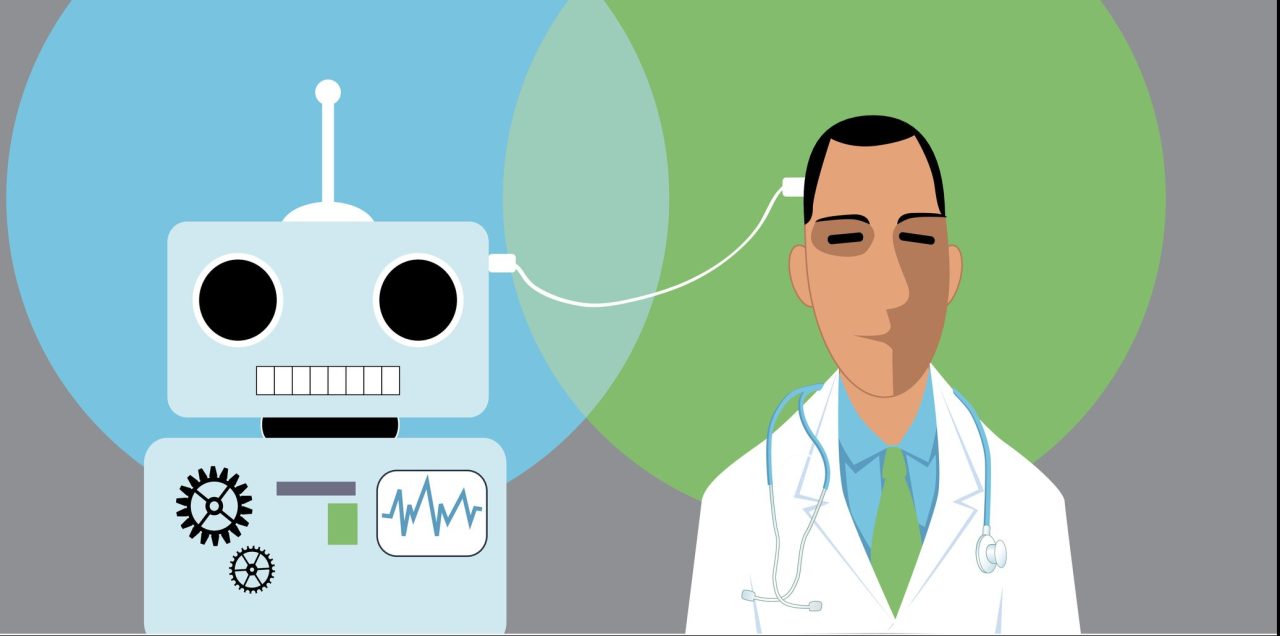The intersection of healthcare and robotics is burgeoning with opportunity, drawing interest from venture capitalists eager to back the next game-changing innovation. With the medical sector embracing robotic solutions, the time is ripe for exploring where these investment trends are leading us and how startups can carve their niche in this lucrative landscape. As we dive into the transformative potential of medical and surgical robotics, let’s uncover fresh insights into what makes this market so appealing to investors.
The Shifting Landscape of Medical Robotics
Over the years, robotics has become a vital part of healthcare, evolving from rudimentary automation to highly sophisticated systems designed to assist medical professionals. Companies like Intuitive Surgical have set the benchmark with their da Vinci surgical system, which has garnered immense success and proven that precision engineering can revolutionize surgery. As the market now stands, investment opportunities appear to be thriving, especially with the rising incidence of chronic diseases that necessitate advanced surgical interventions.
Why the Excitement? Key Trends in Investment
- Robotic Assistants in Care Settings: Automation and robotics are increasingly perceived as necessitating tools that liberate healthcare professionals from repetitive tasks. For instance, mobile robotic units that aid nurses in managing patient care can greatly enhance workflow efficiency, freeing up valuable time for direct patient interaction.
- Software-Driven Innovations: A clear gap exists in the development of advanced software tailored for robotics in healthcare. Startups focusing on the integration of machine learning and AI to boost robotic efficiency can attract considerable investment. These software innovations are essential for navigating complex medical environments and can transform the landscape of patient treatment.
- Tele-health Robotics: The increasing reliance on telemedicine creates an exciting avenue for robotic applications. Robots designed for remote screening or conducting preliminary examinations can not only improve access to healthcare in underserved areas but can also significantly enhance patient outcomes.
- Exoskeletons and Assistive Devices: The future of robotics in healthcare includes promising developments in exoskeleton technology. While currently focused on improving mobility and rehabilitation for patients, exoskeletons also have potential applications within hospital settings, supporting medical professionals in lifting and transferring patients safely.
Funding Trends: Where the Money Goes
According to reports, medical device and robotics startups experienced roughly 600-700 rounds of funding in 2019, with early-stage investments dominating the scene. Although these numbers indicate an overheated market, there’s a belief that the enthusiasm will stabilize, paving the way for innovators who are dedicated to crafting sustainable solutions that emphasize value creation in healthcare.
The Dual Challenge: Innovation and Regulation
While the prospects seem bright, navigating the regulatory landscape presents a significant challenge for new entrants in the medical robotics market. The stringent requirements imposed by the FDA are not merely hurdles; they can serve as protective barriers, ensuring only the safest and most effective technologies reach the market. Startups need to integrate regulatory considerations into their development processes from the outset to ensure compliance and expedite their market entry.
Future Implications: A Paradigm Shift Awaiting
The journey of robotics in healthcare isn’t merely about mechanization; it reflects a transformation towards intelligent automations that seamlessly integrate with human expertise. Innovative solutions like AI systems that detect health anomalies and guide professionals are already making ripples. As healthcare grapples with soaring demands and stringent standards, the future will likely see an expansion of robotics across various applications—transitioning from specialized surgical devices to broader administrative and assistive frameworks.
Conclusion: Embracing a Robotic Revolution
The potential for medical and surgical robotics throughout the healthcare spectrum is undeniable. From negative spaces waiting to be filled by innovative startups to established players looking to improve patient outcomes and operational efficiencies, the opportunity for investment is substantial. As we witness the merging of advanced robotics and medical practice, the future is increasingly poised for a robotic revolution that will redefine healthcare as we know it. At fxis.ai, we believe that such advancements are crucial for the future of AI, as they enable more comprehensive and effective solutions. Our team is continually exploring new methodologies to push the envelope in artificial intelligence, ensuring that our clients benefit from the latest technological innovations.
For more insights, updates, or to collaborate on AI development projects, stay connected with fxis.ai.

